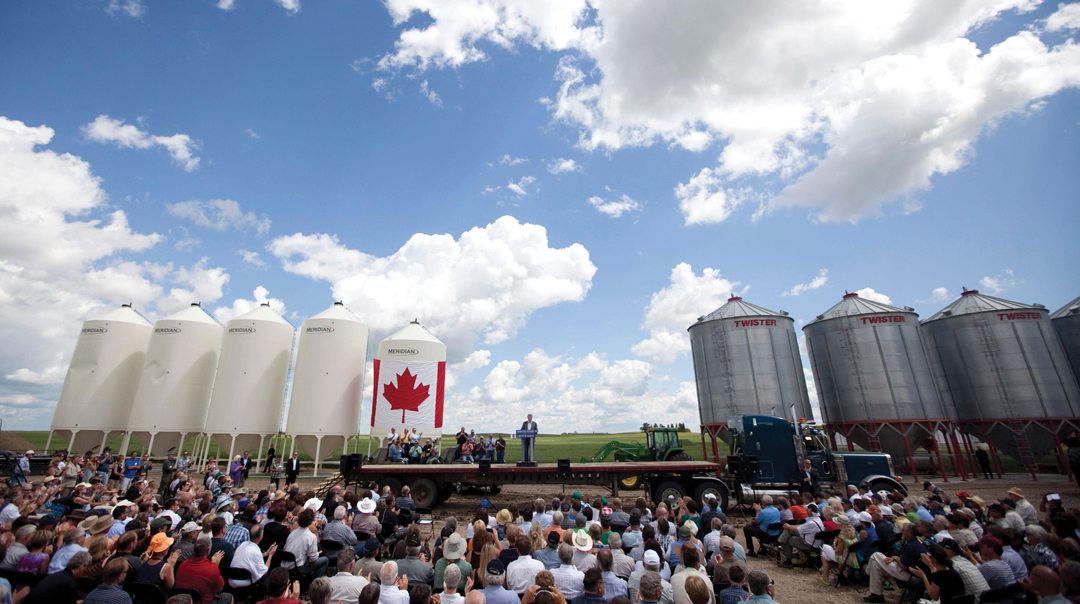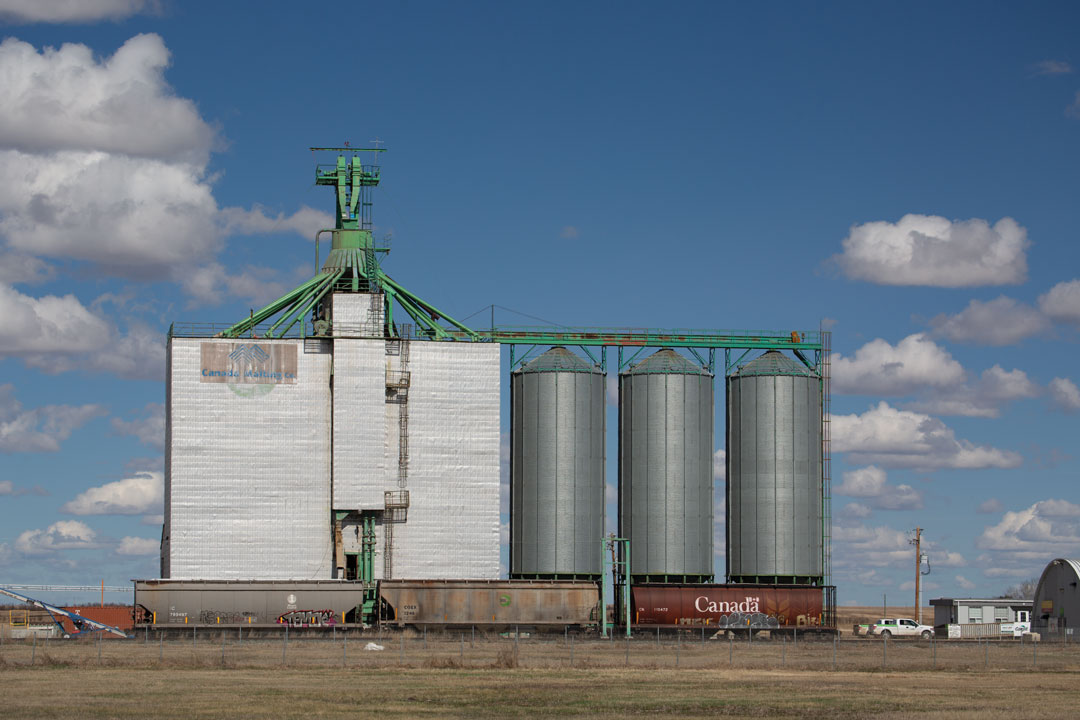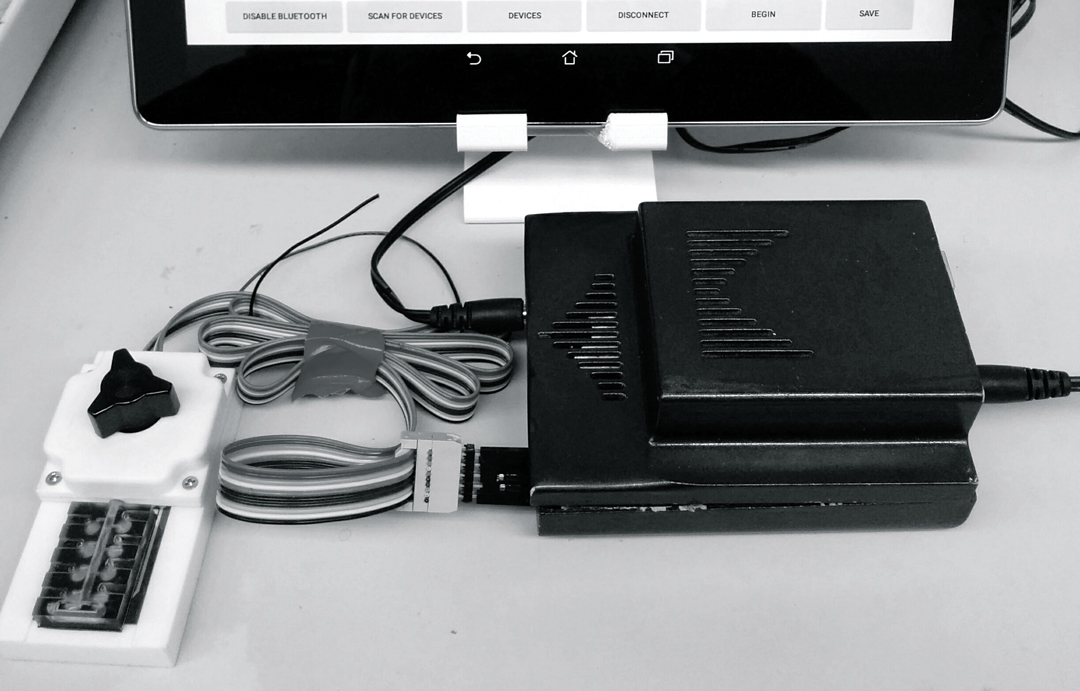THE NOT-SO-SINGLE DESK OF THE CANADIAN WHEAT BOARD
BY TOM STEVE, GRAINSWEST PUBLISHER • PHOTO: ALAMY
Ten years after the Canadian Wheat Board (CWB) single desk was dismantled, most farmers retain vivid memories of permit books, contract calls and initial, interim and final payments. Membership in the CWB for marketing of wheat and barley was made compulsory in 1943 via the War Measures Act and its authority remained in place until Aug. 1, 2012.
But there were many lesser-known aspects of the Board’s influence on western Canadian farmers. For decades, the CWB centrally controlled the allocation of railcars and owned more than 3,500 hopper cars. The CWB argued central planning was needed to ensure the efficient movement of grain—especially wheat—to port. Grain companies and certain farm groups believed the Board should get out of transportation.
In a groundbreaking report released in late 1998, retired Supreme Court Justice Willard Estey recommended the CWB take possession of grain at port and leave the logistics to industry, but his recommendations were never fully implemented.
In 1994 it began to deduct a research check-off from final payments that was administered by the Western Grains Research Foundation. Today, wheat and barley check-offs are administered by provincial wheat and barley commissions that invest the funds in variety development and agronomic research.
Roundup Ready wheat was being trialed in North America in the early 2000s when the CWB marshalled an industry backlash against it. Monsanto eventually abandoned the program.
The CWB was also heavily involved in farm policy. This included the debate over kernel visual distinguishability (KVD), the requirement that all new wheat and durum varieties within a class have uniform kernel appearance. Wheat breeders argued KVD was an obstacle to marketing new varieties, while the CWB insisted it was a means to maintain consistency of the Canadian wheat brand. KVD was done away with in 2008.
All these spheres of influence vanished with the dissolution of the CWB monopoly, which gave farmers the market freedom they enjoy today.







Comments